Irrigation System Design
Usually dispatched in 2 to 3 days
Usually dispatched in 2 to 3 days
Category:
Irrigation & Agriculture
Only logged in customers who have purchased this product may leave a review.
Related products
Safe Use of Wastewater in Agriculture Good Practice Examples
Abstract
Managed aquifer recharge (MAR) systems such as riverbank iltration and soil-aquifer treatment all involve the use of natural subsurface systems to improve the quality of recharged water (i.e., surface water, storm water, reclaimed water) before reuse (e.g. planned potable reuse). During MAR, water is either iniltrated via basins, subsurface injected or abstracted from wells adjacent to rivers. MAR systems represent an attractive option for augmenting and improving groundwater quality as well as for environmental management purposes. However, reuse systems designed for applications that involve human contact should include redundant barriers for pathogens that cause waterborne diseases. This case covers key aspects of a case study on virus removal at three full-scale MAR systems located in different regions of the United States (Arizona, Colorado, and California). MAR projects may be economically viable for developing countries; however, sustainable management is relevant to successfully maintain the attributes necessary for potable and non-potable water reuse.
Keywords: management, aquifer, recharge, removal, viruses
Safe Use of Wastewater in Agriculture Good Practice Examples
Abstract
Managed aquifer recharge (MAR) systems such as riverbank iltration and soil-aquifer treatment all involve the use of natural subsurface systems to improve the quality of recharged water (i.e., surface water, storm water, reclaimed water) before reuse (e.g. planned potable reuse). During MAR, water is either iniltrated via basins, subsurface injected or abstracted from wells adjacent to rivers. MAR systems represent an attractive option for augmenting and improving groundwater quality as well as for environmental management purposes. However, reuse systems designed for applications that involve human contact should include redundant barriers for pathogens that cause waterborne diseases. This case covers key aspects of a case study on virus removal at three full-scale MAR systems located in different regions of the United States (Arizona, Colorado, and California). MAR projects may be economically viable for developing countries; however, sustainable management is relevant to successfully maintain the attributes necessary for potable and non-potable water reuse.
Keywords: management, aquifer, recharge, removal, viruses
Water Productivity of Irrigated Agriculture in India Potential areas for improvement
Abstract
The objective of this paper is to estimate water productivity in irrigated agriculture in selected basins in India; and to identify the drivers of change in water productivity in these regions.
Water Productivity of Irrigated Agriculture in India Potential areas for improvement
Abstract
The objective of this paper is to estimate water productivity in irrigated agriculture in selected basins in India; and to identify the drivers of change in water productivity in these regions.
Agroecological Approaches for Soil Health and Water Management
In the last century, innovations in agricultural technologies centered on maximizing food production to feed the growing population have contributed to significant changes in agroecosystem processes, including carbon, nutrients, and water cycling. There are growing concerns regarding soil fertility depletion, soil carbon loss, greenhouse gas emissions, irrigational water scarcity, and water pollution, affecting soil health, agricultural productivity, systems sustainability, and environmental quality. Soils provide the foundation for food production, soil water and nutrient cycling, and soil biological activities. Therefore, an improved understanding of biochemical pathways of soil organic matter and nutrient cycling, microbial community involved in regulating soil health, and soil processes associated with water flow and retention in soil profile helps design better agricultural systems and ultimately support plant growth and productivity. This book, Agroecological Approaches in Soil and Water Management, presents a collection of original research and review papers studying physical, chemical, and biological processes in soils and discusses multiple ecosystem services, including carbon sequestration, nutrients and water cycling, greenhouse gas emissions, and agro-environmental sustainability.
Agroecological Approaches for Soil Health and Water Management
In the last century, innovations in agricultural technologies centered on maximizing food production to feed the growing population have contributed to significant changes in agroecosystem processes, including carbon, nutrients, and water cycling. There are growing concerns regarding soil fertility depletion, soil carbon loss, greenhouse gas emissions, irrigational water scarcity, and water pollution, affecting soil health, agricultural productivity, systems sustainability, and environmental quality. Soils provide the foundation for food production, soil water and nutrient cycling, and soil biological activities. Therefore, an improved understanding of biochemical pathways of soil organic matter and nutrient cycling, microbial community involved in regulating soil health, and soil processes associated with water flow and retention in soil profile helps design better agricultural systems and ultimately support plant growth and productivity. This book, Agroecological Approaches in Soil and Water Management, presents a collection of original research and review papers studying physical, chemical, and biological processes in soils and discusses multiple ecosystem services, including carbon sequestration, nutrients and water cycling, greenhouse gas emissions, and agro-environmental sustainability.
Modern Fruit Industry
The effectiveness on several fruits by the application of alternative methods against fungi is summarized in the present chapter. Several investigations have reported the efficacy of these technologies for controlling fungal infections. Currently, high post-harvest loses have been reported due to several factors such as inefficient management, lack of training for farmers, and problems with appropriate conditions for storage of fruits and vegetables. Even now, in many countries, post-harvest disease control is led by the application of chemical fungicides.
Modern Fruit Industry
The effectiveness on several fruits by the application of alternative methods against fungi is summarized in the present chapter. Several investigations have reported the efficacy of these technologies for controlling fungal infections. Currently, high post-harvest loses have been reported due to several factors such as inefficient management, lack of training for farmers, and problems with appropriate conditions for storage of fruits and vegetables. Even now, in many countries, post-harvest disease control is led by the application of chemical fungicides.
Soil Water Flow And Irrigated Soil Water Balance In Response To Powder River Basin Coalbed Methane Product Water
In the soil columns experiment, A and B horizon materials from sandy loam, silt loam, and clay loam soils were pre-treated with water having salinity and sodicity typical of PRB CBM water or of Powder River (PR) water currently used for irrigation in the basin. Tension infiltrometer measurements were used to determine infiltration flux, first using pre-treatment water, and subsequently deionized (DI) water, simulating rainwater. Measurements were compared by pre-treatment water, horizon, and soil type. Under pre-treatment water testing, the sandy loam and clay loam soils pre-treated with CBM water exhibited smaller infiltration flux values than when pre-treated with PR water. Only the sandy loam soil showed a greater decrease in infiltration flux with DI water on soils pre-treated with CBM relative to PR water pre-treated soils. There was no difference in infiltration flux decrease with DI water between A and B horizon soils, or between smectite and non-smectite soils.
Soil Water Flow And Irrigated Soil Water Balance In Response To Powder River Basin Coalbed Methane Product Water
In the soil columns experiment, A and B horizon materials from sandy loam, silt loam, and clay loam soils were pre-treated with water having salinity and sodicity typical of PRB CBM water or of Powder River (PR) water currently used for irrigation in the basin. Tension infiltrometer measurements were used to determine infiltration flux, first using pre-treatment water, and subsequently deionized (DI) water, simulating rainwater. Measurements were compared by pre-treatment water, horizon, and soil type. Under pre-treatment water testing, the sandy loam and clay loam soils pre-treated with CBM water exhibited smaller infiltration flux values than when pre-treated with PR water. Only the sandy loam soil showed a greater decrease in infiltration flux with DI water on soils pre-treated with CBM relative to PR water pre-treated soils. There was no difference in infiltration flux decrease with DI water between A and B horizon soils, or between smectite and non-smectite soils.
Standards For Landscape Irrigation Systems
Introduction:
The following Standards for Landscape Irrigation Systems replace the previous publication of March 1997. They have been developed by the Irrigation Industry Association of British Columbia to reflect the current minimum Standards for the industry and to provide guidance to its members as a benchmark for their performance. The principles embodied in these Standards apply to all landscape irrigation systems but the special circumstances of some owners or installations may require the development of more customized specifications related to the project. The use of these Standards is intended to encourage efficient and responsible water management and result in irrigation systems that are economical, practical, and sustainable. Owners, designers, and installers of these systems are responsible for the use of a precious and finite resource to maintain healthy and functional landscapes. Accepted industry practice reflects these goals. The Irrigation Industry Association of British Columbia accepts no liability arising from the use of these Standards in contractual relationships between parties to an irrigation project.
Standards For Landscape Irrigation Systems
Introduction:
The following Standards for Landscape Irrigation Systems replace the previous publication of March 1997. They have been developed by the Irrigation Industry Association of British Columbia to reflect the current minimum Standards for the industry and to provide guidance to its members as a benchmark for their performance. The principles embodied in these Standards apply to all landscape irrigation systems but the special circumstances of some owners or installations may require the development of more customized specifications related to the project. The use of these Standards is intended to encourage efficient and responsible water management and result in irrigation systems that are economical, practical, and sustainable. Owners, designers, and installers of these systems are responsible for the use of a precious and finite resource to maintain healthy and functional landscapes. Accepted industry practice reflects these goals. The Irrigation Industry Association of British Columbia accepts no liability arising from the use of these Standards in contractual relationships between parties to an irrigation project.
A Benefit-cost Analysis Of Treated Wastewater Reuse For Irrigation In Tubas
The West Bank, Palestine suffers from water scarcity due to the high population growth rate, the political situation that dictates the utilization and development of the water resources and the arid and semiarid climate conditions. Reuse of treated wastewater can be a source of water for the
irrigation of agricultural crops and thus this will lessen the stress on the water resources, increase the agricultural productivity and prevent the pollution of
the soil and groundwater. This work investigated the feasibility of reusing treated wastewater for irrigation in the Tubas area. Thereafter, a benefit-cost analysis was carried out to estimate the cost of the reuse of the treated wastewater in Tubas area. The study considered five options for wastewater treatment in Tubas area: construction of a treatment plant for the wastewater originating from the north of Tubas, south of Tubas, north of Tubas and Tayaser village, all of Tubas, and all of Tubas and Tayaser village, respectively. The study analyzed three systems for secondary wastewater treatment: activated sludge (AS), trickling filter (TF) and aerated lagoons (AL).
Rated 5.00 out of 5
A Benefit-cost Analysis Of Treated Wastewater Reuse For Irrigation In Tubas
The West Bank, Palestine suffers from water scarcity due to the high population growth rate, the political situation that dictates the utilization and development of the water resources and the arid and semiarid climate conditions. Reuse of treated wastewater can be a source of water for the
irrigation of agricultural crops and thus this will lessen the stress on the water resources, increase the agricultural productivity and prevent the pollution of
the soil and groundwater. This work investigated the feasibility of reusing treated wastewater for irrigation in the Tubas area. Thereafter, a benefit-cost analysis was carried out to estimate the cost of the reuse of the treated wastewater in Tubas area. The study considered five options for wastewater treatment in Tubas area: construction of a treatment plant for the wastewater originating from the north of Tubas, south of Tubas, north of Tubas and Tayaser village, all of Tubas, and all of Tubas and Tayaser village, respectively. The study analyzed three systems for secondary wastewater treatment: activated sludge (AS), trickling filter (TF) and aerated lagoons (AL).
Rated 5.00 out of 5
Wastewater Use in Agriculture
Introduction
With increasing global population, the gap between the supply and demand for water is widening and is reaching such alarming levels that in some parts of the world it is posing a threat to human existence. Scientists around the globe are working on new ways of conserving water. It is an opportune time, to refocus on one of the ways to recycle water—through the reuse of urban wastewater, for irrigation and other purposes. This could release clean water for use in other sectors that need fresh water and provide water to sectors that can utilize wastewater e.g., for irrigation and other ecosystem services. In general, wastewater comprises liquid wastes generated by households, industry, commercial sources, as a result of daily usage, production, and consumption activities. Municipal treatment facilities are designed to treat raw wastewater to produce a liquid effluent of suitable quality that can be disposed to the natural surface waters with minimum impact on human health or the environment. The disposal of wastewater is a major problem faced by municipalities, particularly in the case of large metropolitan areas, with limited space for land[1]based treatment and disposal. On the other hand, wastewater is also a resource that can be applied for productive uses since wastewater contains nutrients that have the potential for use in agriculture, aquaculture, and other activities. In both developed and developing countries, the most prevalent practice is the application of municipal wastewater (both treated and untreated) to land. In developed countries where environmental standards are applied, much of the wastewater is treated prior to use for irrigation of fodder, fiber, and seed crops and, to a limited extent, for the irrigation of orchards, vineyards, and other crops. Other important uses of wastewater include, recharge of groundwater, landscaping (golf courses, freeways, playgrounds, schoolyards, and parks), industry, construction, dust control, wildlife habitat improvement and aquaculture. In developing countries, though standards are set, these are not always strictly adhered to. Wastewater, in its untreated form, is widely used for agriculture and aquaculture and has been the practice for centuries in countries such as China, India and Mexico. Thus, wastewater can be considered as both a resource and a problem. Wastewater and its nutrient content can be used extensively for irrigation and other ecosystem services. Its reuse can deliver positive benefits to the farming community, society, and municipalities. However, wastewater reuse also exacts negative externality effects on humans and ecological systems, which need to be identified and assessed. Before one can endorse wastewater irrigation as a means of increasing water supply for agriculture, a thorough analysis must be undertaken from an economic perspective as well. In this regard the comprehensive costs and benefits of such wastewater reuse should be evaluated. Conventional cost benefit analysis quite often fails to quantify and monetize externalities associated with wastewater reuse. Hence, environmental valuation techniques and other related tools should be employed to guide decision-making. Moreover, the economic effects of wastewater irrigation need to be evaluated not only from the social, economic, and ecological standpoint, but also from the sustainable development perspective. Pakistan is a case which illustrates this problem. Both treated and untreated municipal wastewater in the vicinity of large cities like Faisalabad is used for vegetable production. But, how safe is this practice? How does one tradeoff between the obvious benefits of this use and the costs associated with it?
Wastewater Use in Agriculture
Introduction
With increasing global population, the gap between the supply and demand for water is widening and is reaching such alarming levels that in some parts of the world it is posing a threat to human existence. Scientists around the globe are working on new ways of conserving water. It is an opportune time, to refocus on one of the ways to recycle water—through the reuse of urban wastewater, for irrigation and other purposes. This could release clean water for use in other sectors that need fresh water and provide water to sectors that can utilize wastewater e.g., for irrigation and other ecosystem services. In general, wastewater comprises liquid wastes generated by households, industry, commercial sources, as a result of daily usage, production, and consumption activities. Municipal treatment facilities are designed to treat raw wastewater to produce a liquid effluent of suitable quality that can be disposed to the natural surface waters with minimum impact on human health or the environment. The disposal of wastewater is a major problem faced by municipalities, particularly in the case of large metropolitan areas, with limited space for land[1]based treatment and disposal. On the other hand, wastewater is also a resource that can be applied for productive uses since wastewater contains nutrients that have the potential for use in agriculture, aquaculture, and other activities. In both developed and developing countries, the most prevalent practice is the application of municipal wastewater (both treated and untreated) to land. In developed countries where environmental standards are applied, much of the wastewater is treated prior to use for irrigation of fodder, fiber, and seed crops and, to a limited extent, for the irrigation of orchards, vineyards, and other crops. Other important uses of wastewater include, recharge of groundwater, landscaping (golf courses, freeways, playgrounds, schoolyards, and parks), industry, construction, dust control, wildlife habitat improvement and aquaculture. In developing countries, though standards are set, these are not always strictly adhered to. Wastewater, in its untreated form, is widely used for agriculture and aquaculture and has been the practice for centuries in countries such as China, India and Mexico. Thus, wastewater can be considered as both a resource and a problem. Wastewater and its nutrient content can be used extensively for irrigation and other ecosystem services. Its reuse can deliver positive benefits to the farming community, society, and municipalities. However, wastewater reuse also exacts negative externality effects on humans and ecological systems, which need to be identified and assessed. Before one can endorse wastewater irrigation as a means of increasing water supply for agriculture, a thorough analysis must be undertaken from an economic perspective as well. In this regard the comprehensive costs and benefits of such wastewater reuse should be evaluated. Conventional cost benefit analysis quite often fails to quantify and monetize externalities associated with wastewater reuse. Hence, environmental valuation techniques and other related tools should be employed to guide decision-making. Moreover, the economic effects of wastewater irrigation need to be evaluated not only from the social, economic, and ecological standpoint, but also from the sustainable development perspective. Pakistan is a case which illustrates this problem. Both treated and untreated municipal wastewater in the vicinity of large cities like Faisalabad is used for vegetable production. But, how safe is this practice? How does one tradeoff between the obvious benefits of this use and the costs associated with it?
Modelling and Management of Irrigation System
Irrigation is becoming an activity of precision, where combining information collected from various sources is necessary to optimally manage resources. New management strategies, such as big data techniques, sensors, artificial intelligence, unmanned aerial vehicles (UAV), and new technologies in general, are becoming more relevant every day. As such, modeling techniques, both at the water distribution network and the farm levels, will be essential to gather information from various sources and offer useful recommendations for decision-making processes. In this book, 10 high quality papers were selected that cover a wide range of issues that are relevant to the different aspects related to irrigation management: water source and distribution network, plot irrigation systems, and crop water management.
Modelling and Management of Irrigation System
Irrigation is becoming an activity of precision, where combining information collected from various sources is necessary to optimally manage resources. New management strategies, such as big data techniques, sensors, artificial intelligence, unmanned aerial vehicles (UAV), and new technologies in general, are becoming more relevant every day. As such, modeling techniques, both at the water distribution network and the farm levels, will be essential to gather information from various sources and offer useful recommendations for decision-making processes. In this book, 10 high quality papers were selected that cover a wide range of issues that are relevant to the different aspects related to irrigation management: water source and distribution network, plot irrigation systems, and crop water management.



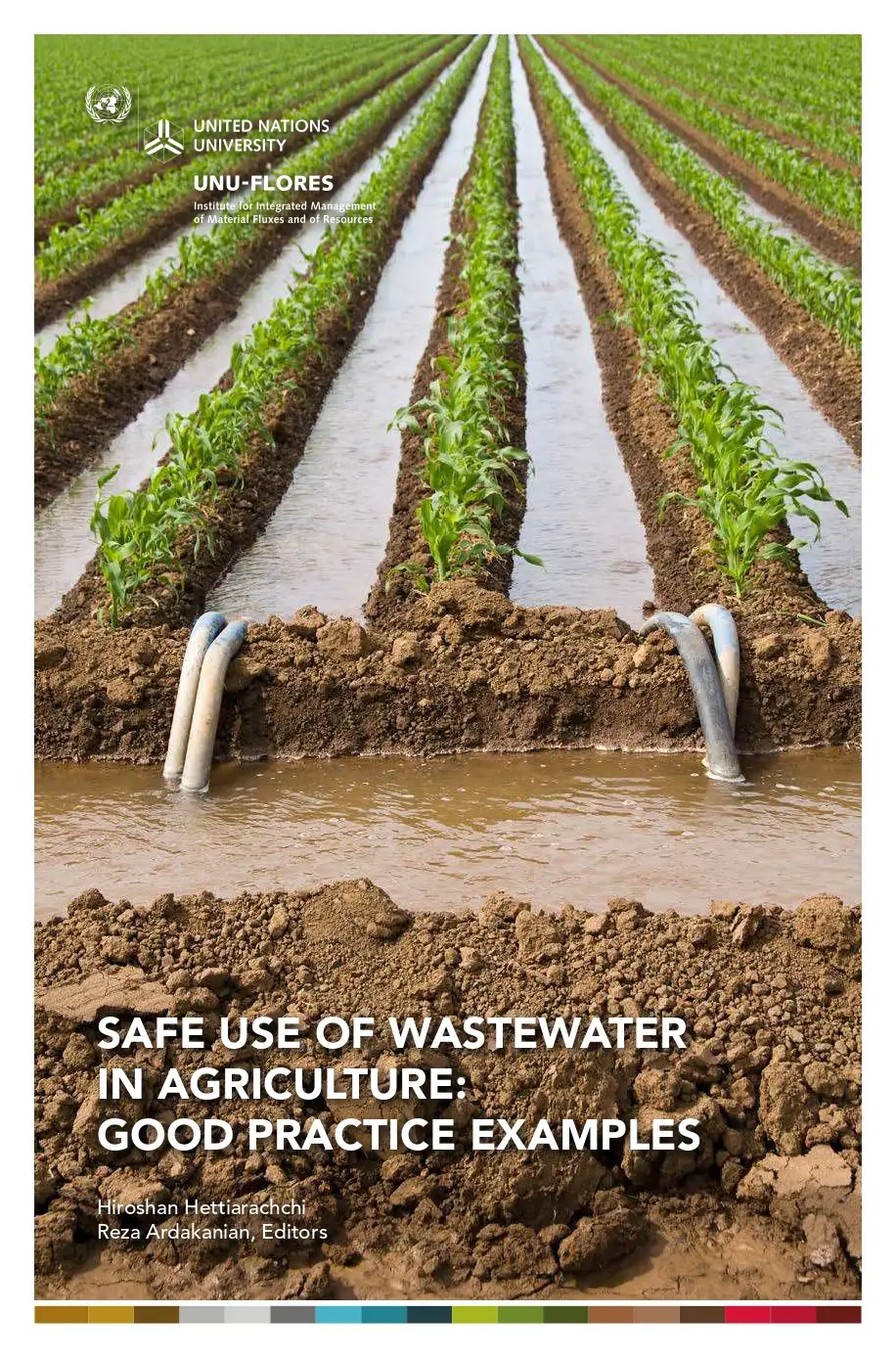
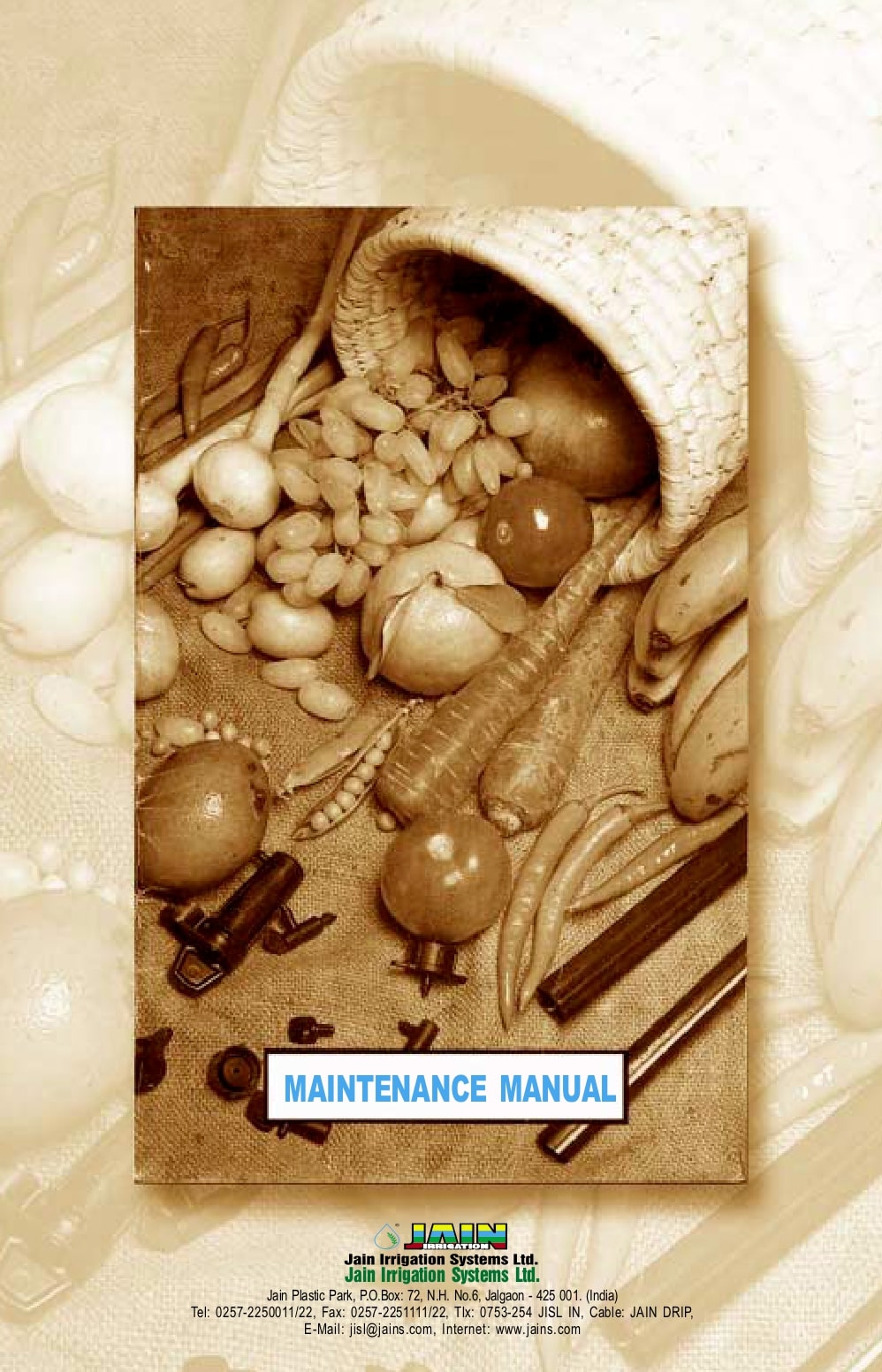

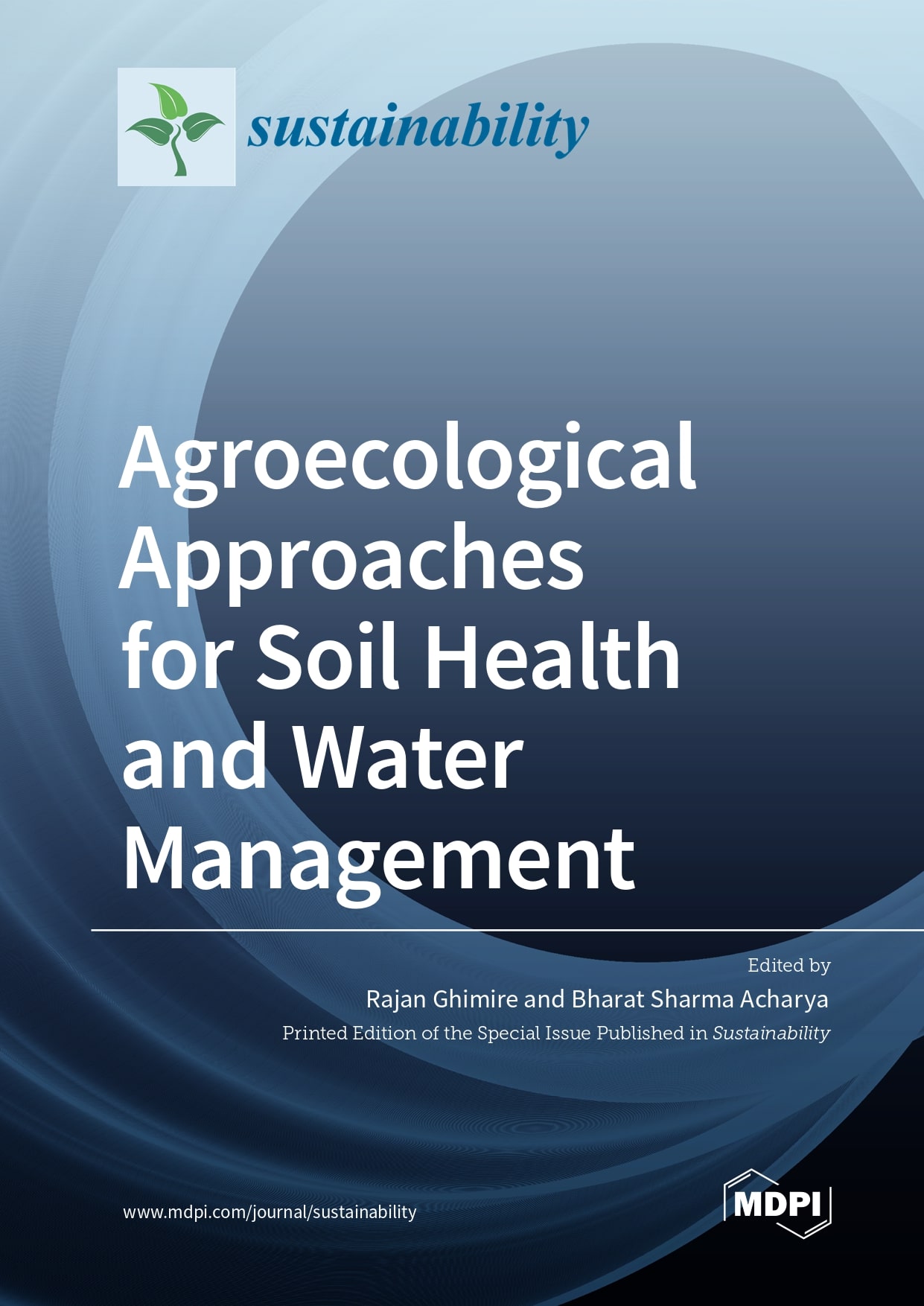
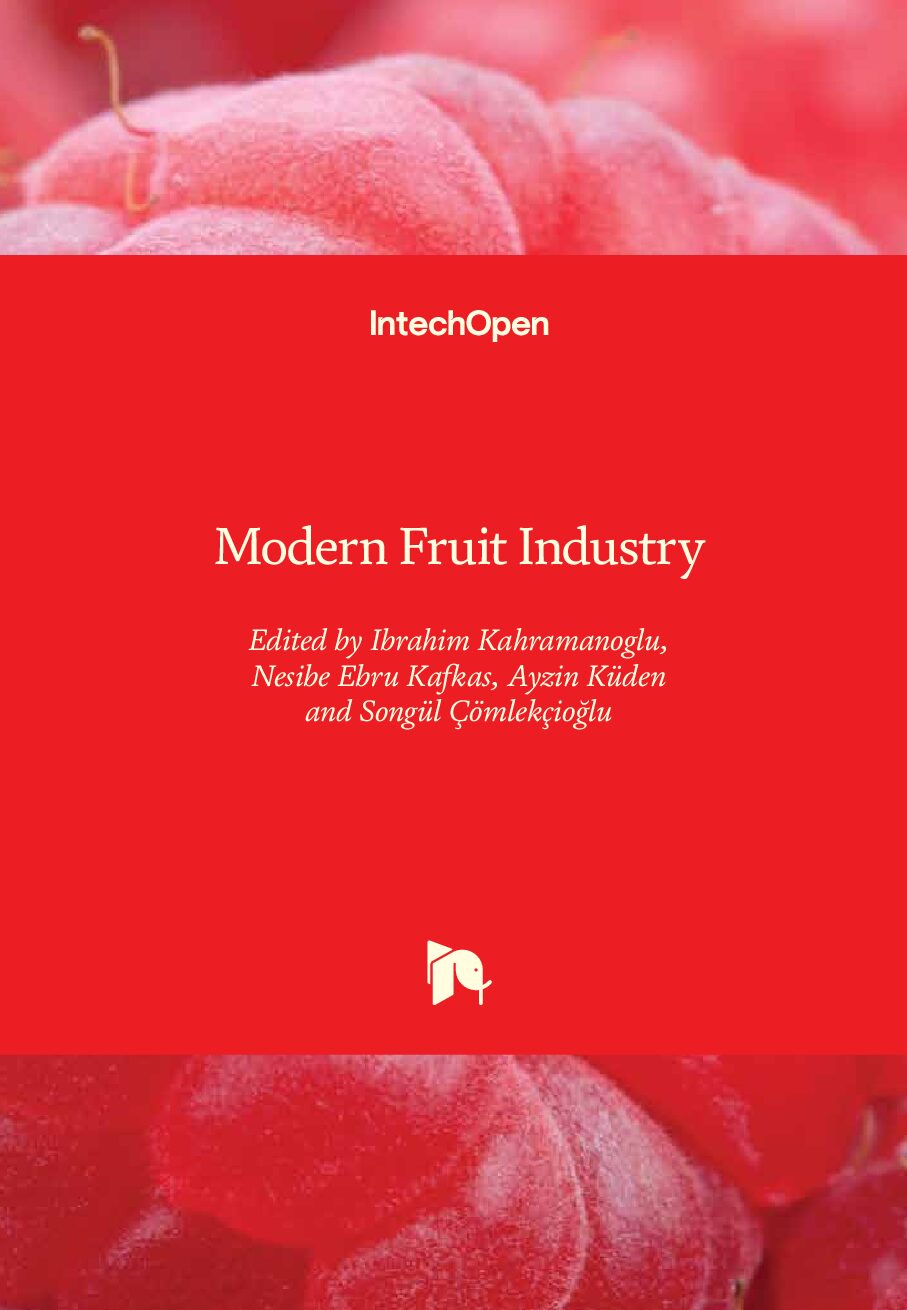

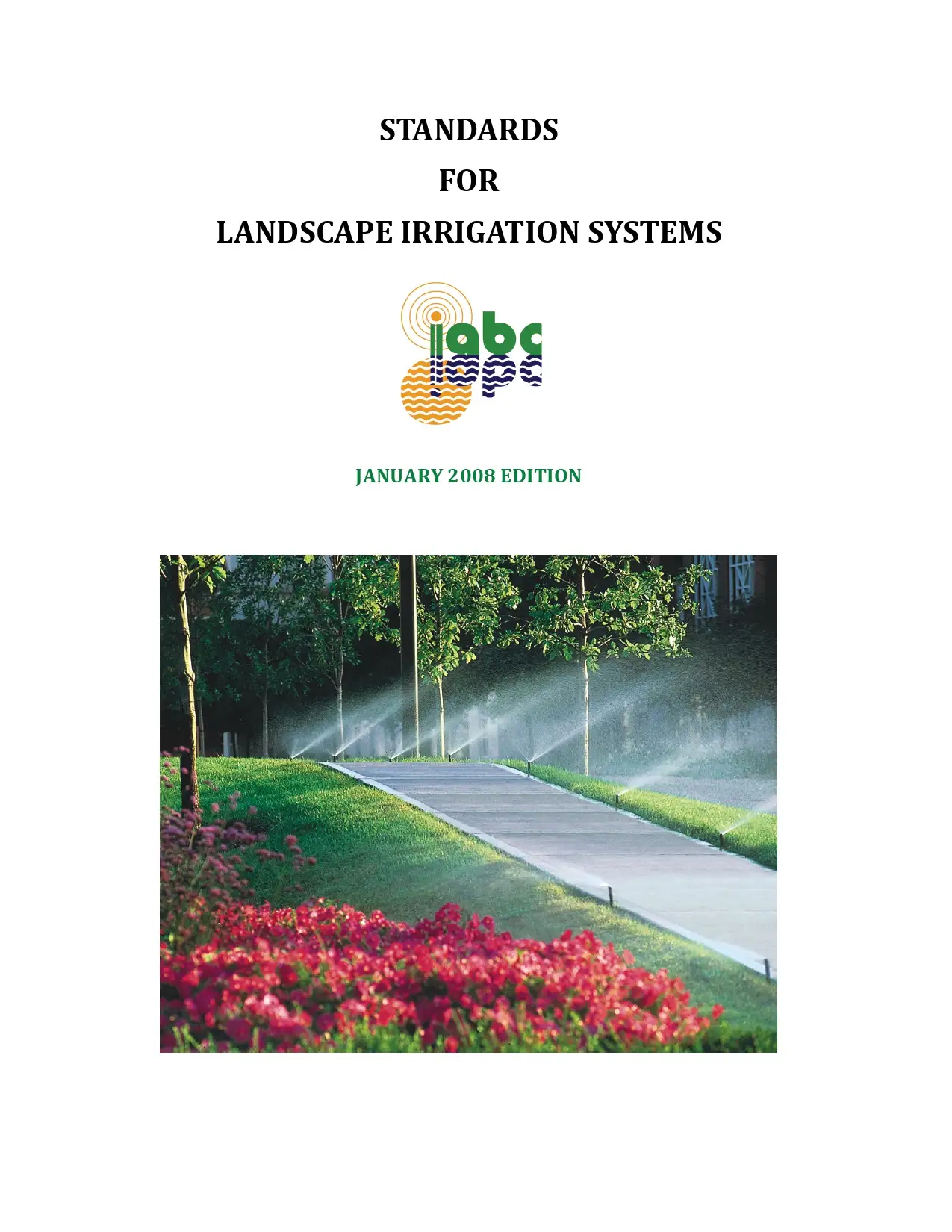



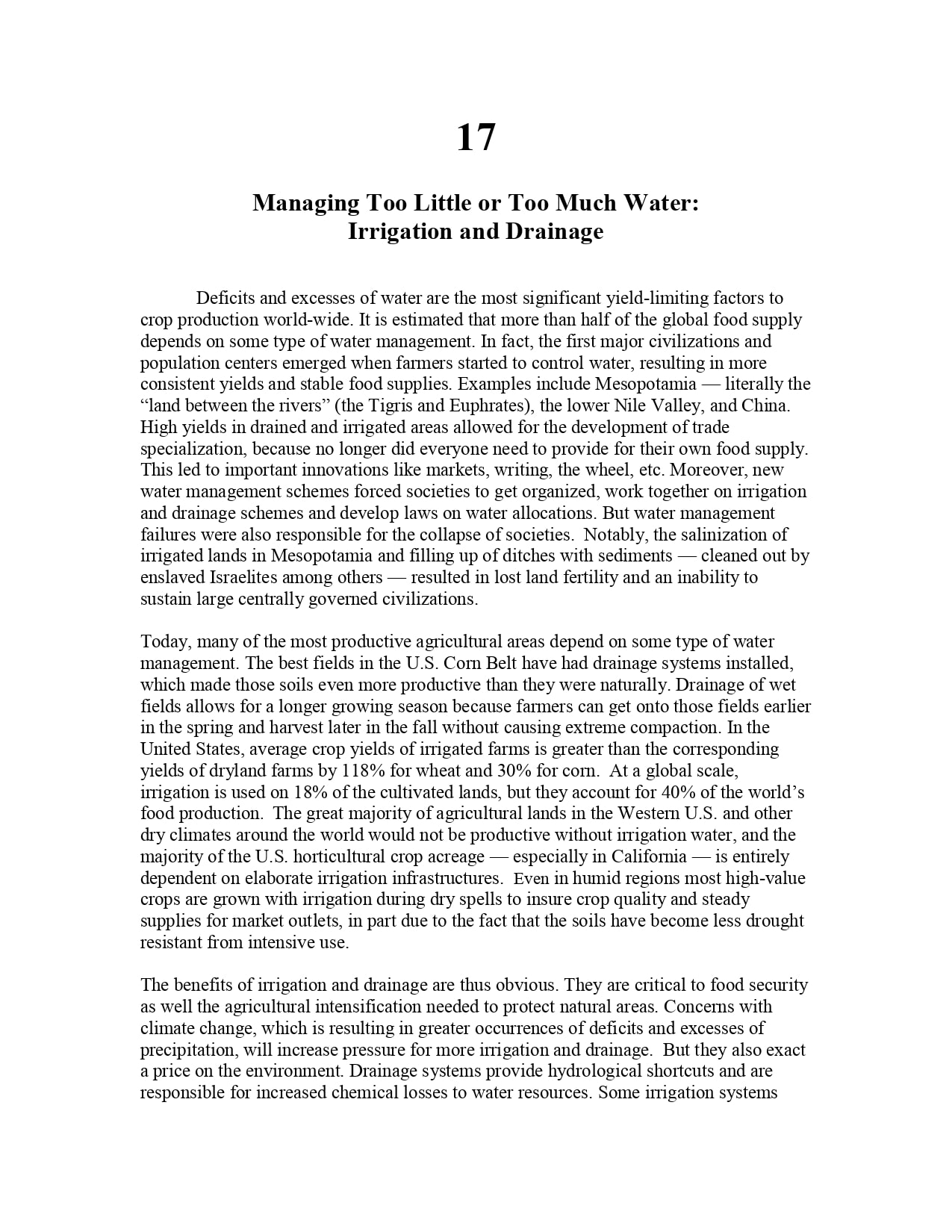

Reviews
There are no reviews yet.